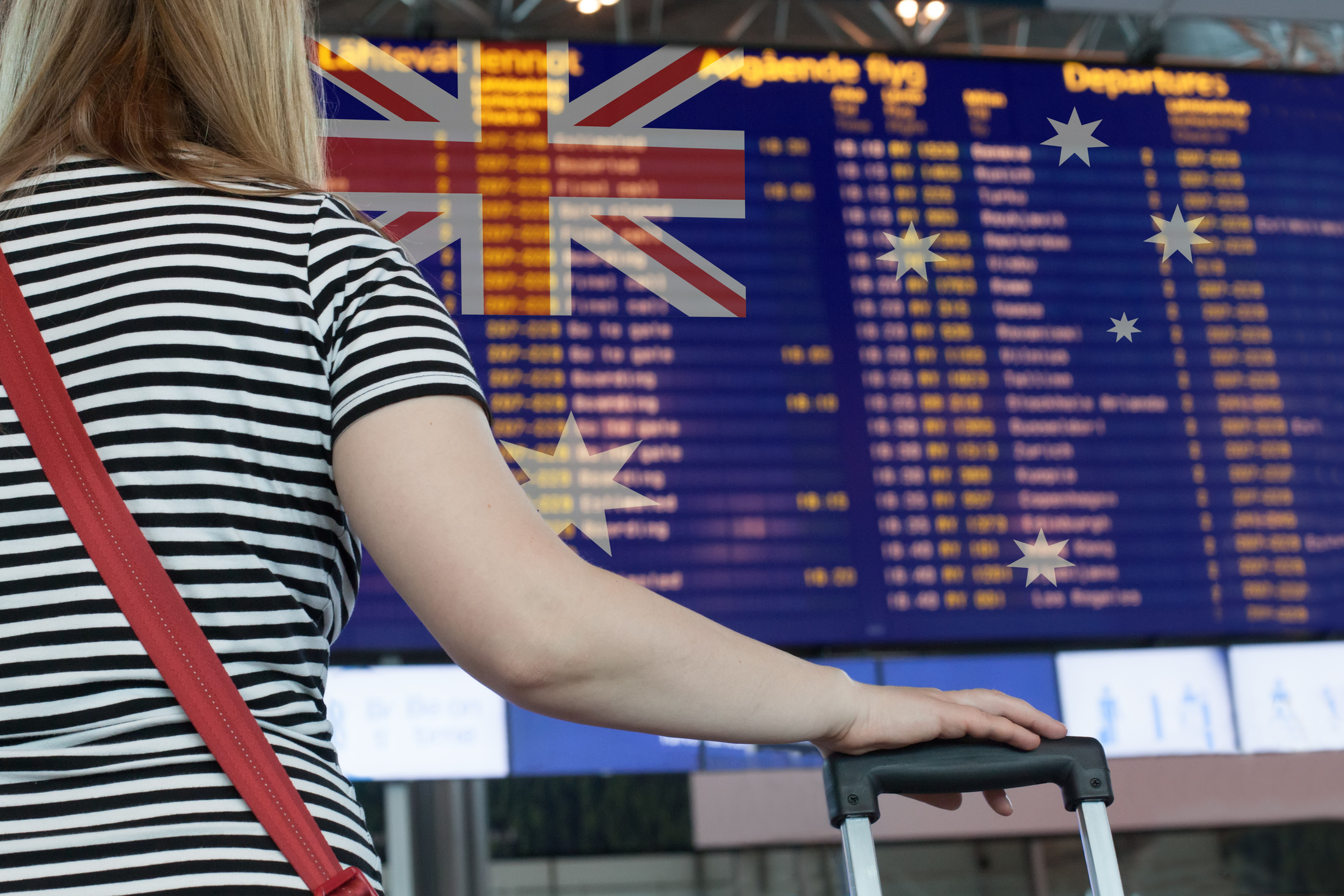
Statistics New Zealand last week revealed net migration to Australia of nearly 30,000 in the December 2024 year, the highest rate since the 2012 peak of 44,000. Stats NZ also reported significant numbers of children migrating, illustrating that entire families are making the move.
The big "pushmi-pullyu" reasons are usually economic. Higher salaries and job opportunities are available in Australia, particularly in the larger cities. This has long been the case.
The promise of a better life is what has drawn immigrants to New Zealand since the 19th century. It continues to do so from many parts of the world. While this country might have struggled to build its comparative standard of living in recent decades, it is still considered part of the developed world. It provides access to education and some social mobility, along with a welfare safety net.
It has beauty, space and an equitable climate.
But, although New Zealand provides the security and emotion of "home", Australia beckons many to shift away.
Parallels can be drawn with internal migration. Tertiary graduates from Dunedin are more likely to find jobs in Auckland — or, until recently, Wellington — than in their hometown.
Provincial and rural New Zealand experiences the same phenomenon, often a few years earlier, as education draws young people away. At the same time, others are attracted back to jobs when farming and secondary cities are thriving.
Cheaper housing can also be a lure, as established New Zealanders move out of growing and expensive Auckland.
Between 2004 and 2013, net migration to Australia averaged 30,000 a year. Between 2014 and 2019, it dropped to just 3000 annually, highlighting the economic imperative.

New Zealand has invested billions in education, only for Australia to reap the benefits. More people in their 30s and 40s are also migrating, taking with them valuable working experience, community involvement and leadership.
Momentum builds, sometimes unfairly. Those who shift are likely to want to justify their decisions, even if they have regrets.
The cost of rents and homes in Sydney easily outstrips just about everywhere in New Zealand. Hefty stamp duty is paid to buy apartments or houses, and alcohol and cars are more expensive. Childcare costs are sky high, and government superannuation is means-tested.
Of course, with its mineral wealth, vast compulsory superannuation funds and greater scale, Australia is considerably wealthier.
While the agreement easing the path to Australian citizenship made life fairer for many New Zealanders, it also increased Australia’s appeal.
The Cook Islands illustrate the issues in an extreme way. New Zealand citizenship provides easy access to both this country and Australia, where wages are higher and job opportunities more abundant. Despite strong tourism in Rarotonga and Aitutaki, the population has steadily declined to about 15,000, and numbers on the outer islands have plummeted.
Migration from countries such as Tonga, Samoa and Fiji is more difficult but highly attractive for financial and employment reasons.
Like Australia, New Zealand has benefited from skilled migration, notably in the medical workforce from Britain and the Philippines. Dairy farms would struggle without Filipino labour, and migration from China and India has significantly reshaped the country’s ethnic make-up.
By the end of 2023, annual net migration had reached 128,000, placing pressure on infrastructure and housing. For the year ending in May, the net gain had dropped to 14,000. The link between net migration and economic conditions is once again clear.
Some, no doubt, will use New Zealand as a stepping stone — deliberately, or simply as it happens to work out — to Australia.
If New Zealand wants to retain its best and brightest, it must pursue policies that foster economic growth, create opportunity and offer competitive wages. Without these, Australia’s pull will remain irresistible for many.










